Persistent advocacy from NSW Farmers about the need for practical assistance measures to combat the…
Mouse plague rebates – don’t self assess
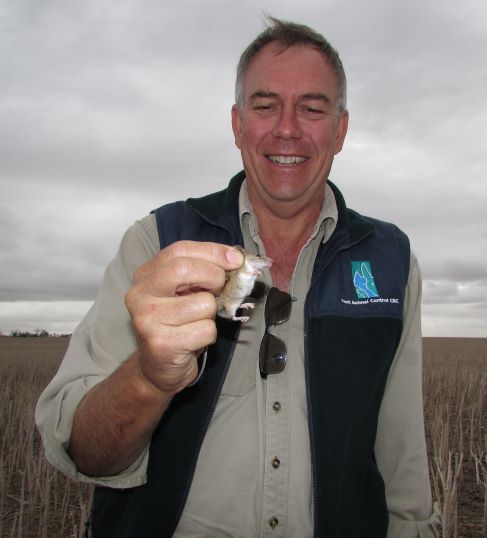

NSW Farmers has been working with the Rural Assistance Authority to ensure the rollout of the Zinc Phosphide mouse plague Rebate for Primary Producers program is reaching farmers.
The program, which opened on 2 August and closes on 17 December, involves a one-off rebate to assist primary producers in eligible Local Government Areas (LGAs) experiencing financial hardship due to the mouse plague.
NSW Farmers Vice President Xavier Martin says the RAA has a team of experienced assessors who can help farmers with their application, which is proving to be problematic online.
“The key message is don’t self-assess, pick up the phone to the RAA and talk through your circumstances, as all 400 applicants have been accommodated so far,” Mr Martin said.
“There are hardship provisions that are designed to ensure the support gets to where it is most needed.”
“The other tip is to apply early – even if you think you may want to wait until later in the year to claim your rebate. You can apply now and submit invoices later, but they must be in one submission.”
“You can apply now even if you are planning to purchase more zinc phosphide in the coming weeks. RAA provides the opportunity to estimate your total costs and provide invoices at a later time.”
“The RAA team are there to help so if you have any concerns, questions or feedback, give them a call on 1800 678 593.”
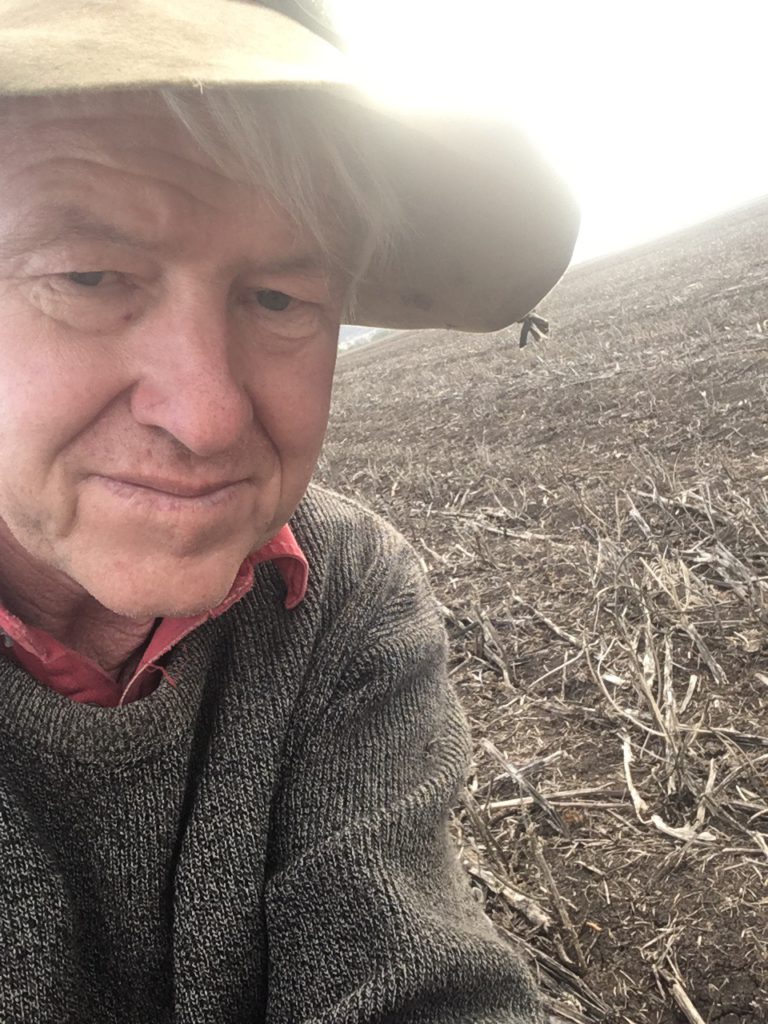
“NSW Farmers successfully advocated for this bait rebate program and we want to ensure that all eligible farmers can apply.”
“This support recognises the immense impact this plague has had on so many farm businesses already. I have heard some really horrendous stories about the impact of this mouse plague and the costs involved in trying to save crops and fodder has been significant.”
For the latest information from the NSW Government on the mouse plague, including how to claim the household and small business rebate, head to this page. (www.service.nsw.gov.au/transaction/nsw-mouse-control-rebate)
Keep an eye out for mice
CSIRO mouse researcher Steve Henry is warning NSW grain growers to monitor paddocks as predictive modelling forecasts showed a high risk of a mouse outbreak in spring.
Mr Henry, who is supported by the Grains Research and Development Corporation (GRDC) said mice may have taken refuge and be ‘wintering’ in pasture paddocks, native vegetation or waterways bordering farming country, and may move back in as crops develop.
“In the north of NSW and in southern Queensland we went into winter with high numbers, so the over winter survival rates will determine the starting population for spring,” he said.
“So, it is imperative that growers get out of their vehicles, walk into their paddocks and get a good feel for what is going on in respect to current mouse numbers and activity.”
Growers in other states are being urged to do the same with the joint CSIRO and GRDC Monitoring mice in Australia update for August stating that “Mouse numbers are moderate to high in many regions of WA, NSW, Victoria and Queensland.”
“At the first sign of crop damage, growers need to be prepared to bait, preferably with 50g/kg zinc phosphide spread at 1kg/ha. Aim to treat large areas to have a better chance of widespread impact and reduce reinvasion from surrounding areas,” Mr Henry advises.
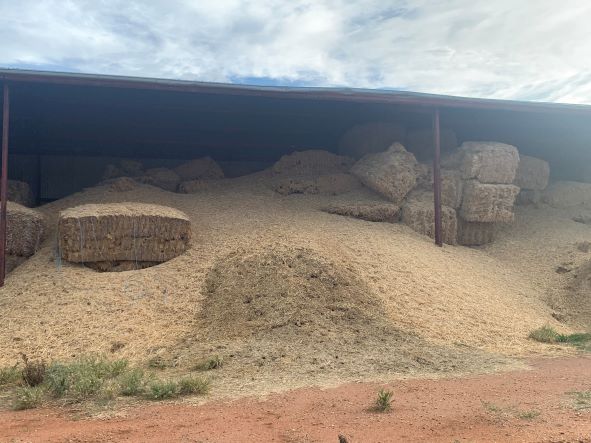
Click here for more tips on mouse management and monitoring.
The peak of the mouse plague in NSW in the summer and winter months made international headlines. Read another of our stories here.


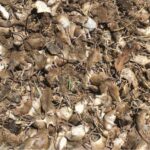
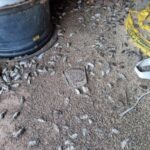
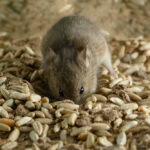



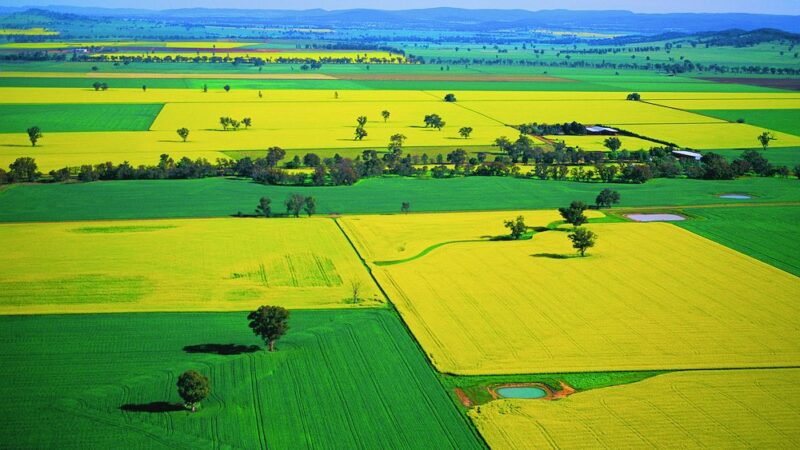
although you say not to self-assess, and mention northern nsw as an affected area in your article, it seems coastal is still not included, although i have had severe losses of stored feedstuff by rodents reported to you earlier. therefore it would be handy to save wasting further precious time if you could include a link to eligible lgas in future articles (in the unlikely event they expand from current)